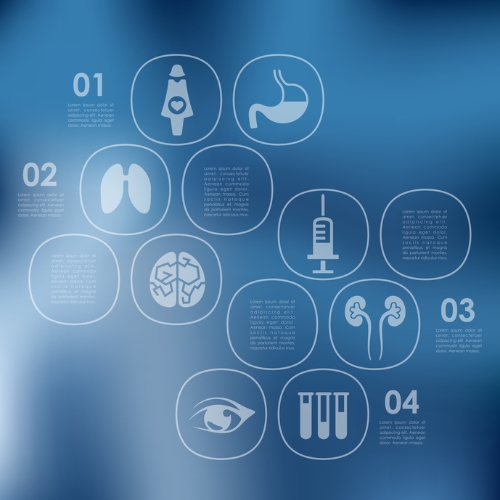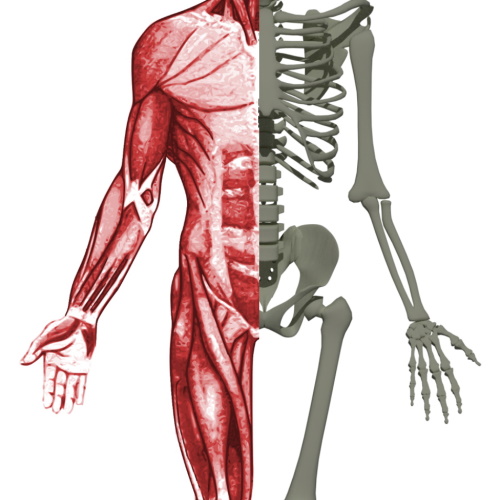Key points from article :
People in the United States sustain approximately 600,000 nerve injuries every year.
If one of the peripheral nerves sustains a small cut, the nerve can heal itself across the gap.
Doctors can repair slightly larger gaps by reconnecting the severed nerve endings.
If an injury leaves a more significant gap in peripheral nerves, only option might be an autograft.
Autografts only restore 50 to 60 percent of function in the damaged nerves, researcher Kacey Marra.
Biodegradable device built from the same polymer used for dissolvable stitches.
Embedded in the walls of tube are microspheres of a protein that promotes neuron survival.
It acts as a guide for new nerve growth, restoring nearly 80 percent of function.
The tube is designed to repair nerve gaps as long as 4.7 inches.
Team hopes to begin human trials in 2021.
Surgeons could soon have a better alternative to autografts for repairing severe nerve damage.
Study by University of Pittsburgh published in Science Translational Medicine.







